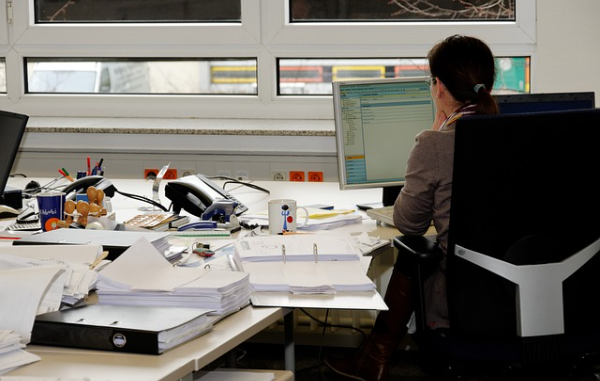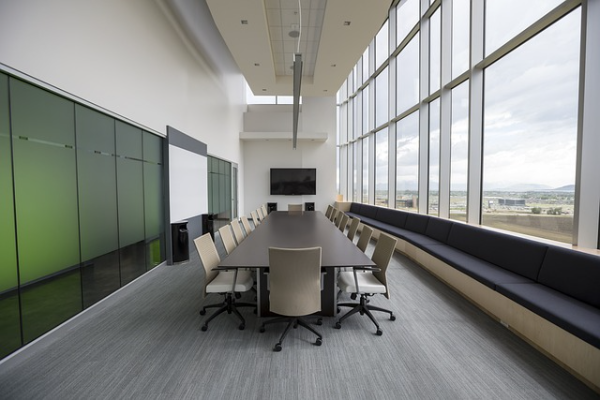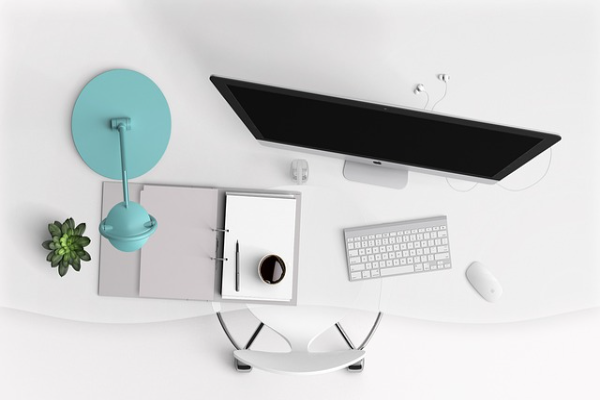
Introduction
Effective workspace design remains a pillar of performance in the modern business environment. When running a small company or even a huge business enterprise, the relevant office space usually bears witness to how high the staff’s spirits are, productivity levels, and other general capabilities. In this discourse, several sections will be looked into, including types of offices, their designs, basic supplies, efficiency techniques, and office etiquette and culture.
Types of Offices
The type of office you choose will depend on your business needs, budget, and preferences. Here is a rundown of the most common ones:
Traditional Offices: These are the unfurnished kind of offices that many organizations have grown accustomed to, known as individual office rooms. These rooms give and experience of discretion and dominion, but they tend to come at an expensive renting or purchasing cost.
Coworking Spaces: Space in an office that is leased out on the basis of collaborations as opposed to conventional leasing terms. They are good for independent contractors, new businesses, and smaller enterprises.
Home Offices: The distributed office model offers convenient and cheaper solutions around home working. However, it might be hard to draw the line between work and home life.
Virtual Offices: A business offering that does not include real estate but offers a business address (physical) and business telephone number. This is useful for just about any business structure whose primary focus is on remote work.
Office Design Tips

The configuration of the office has to be such that productivity and satisfaction levels of employees increase. Make sure to keep the following points in mind while organizing your workplace.
Ergonomics: There should be proper measurements of the furniture and a provision for ‘movement’ in the space so that there are no cases of injuries and exhaustion.
Aesthetics: No furniture is so useful as to make an ugly environment that cuts across the image and culture of the business.
Functionality: Think of how your workplace should enable you carry out your specific tasks, say, its layout should include meeting rooms, storage spaces and even places to take breaks.
Essential Office Equipment
It is always important to have specific equipment that relates to the work being done in the office. Follow this few important aspects:
Furniture: Desk, chair, table and any settle unit or cabinet of the office.
Technology: Computer, printer, a photocopier, phone and any audio-visual system.
Materials: Paper, pens, general office supplies, and to an extent cleaning materials.
Increasing Workplace Efficiency
A goal-oriented office can be advantageous to your team’s performance. The following are ways of increasing the level of productivity:
Strategies for Effective Task Completion: Introduce handling approaches such as the Pomodoro Technique to help the work done be volumes better and more effective.
Workplace Organization: Make sure the working area is tidy and devoid of unnecessary items as this greatly boosts productivity.
Factors Creating a Good Organizational Climate: Create a conducive environment for employees to work through teamwork, communication, and employee wellness.
Productive Workspace Essentials
Everyone will feel the urge to be productive at some point in their life. Where you decide to carry out your tasks is also very important. Each dedicated workspace must have these essentials:
Reduce interruptions: Turn off the television, social networks, and phone calls. Use programs like StayFocusd to avoid annoying websites for a reasonable time.
Work alone: Try as much as you can to be alone when doing these tasks so that you do not get disturbed by other people.
Eat something: Make sure you drink plenty of water and eat foods good for the brain such as whole grains, blueberries, and nuts.
Arrangement of your workspace: Make sure that your workspace is organized, tidy, to the best of your knowledge, and does not have excessive lighting or air conditioning.
Purchase everything that makes you relax: Purchase an office chair and desk that will allow you to sit comfortably without feeling fatigued after hard work.
These practices make a productive environment that helps meet the objectives at work and expand them.
Establishing a Good Office Culture

Satisfaction of employees, loyalty and productivity can be driven to a great extent by the office culture. This is how to nurture a great office culture:
Core Values of the Company: Ensure that the core values of the company are understood and they are at the very basic level practiced in their workplaces.
Active Participation of Employees: Facilitate participation of the employees through events like team building, appreciation days, and training occasions.
Team Building Exercises: Schedule and execute fun team building exercises that will encourage teamwork, spirit and a sense of togetherness.
Closing Statement
It is impossible to overlook the aspect of an office that is well structured and workable for business performance. It is achievable through careful decisions on the type of office and its elements such as designs, equipment, office productivity factors, and the culture of the office.
Leave a Reply